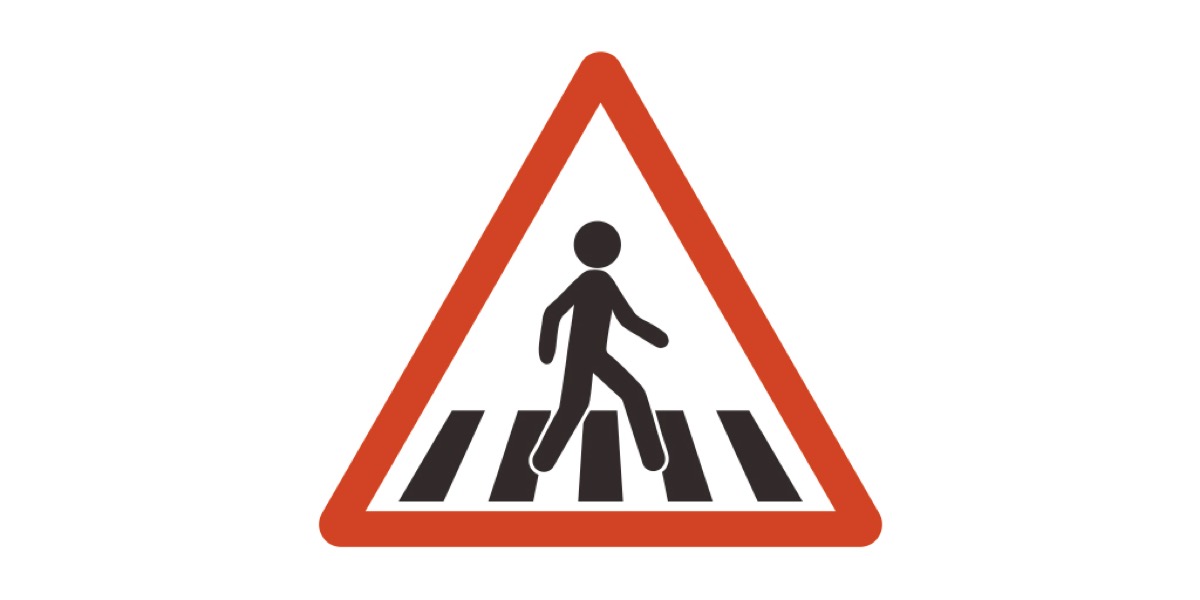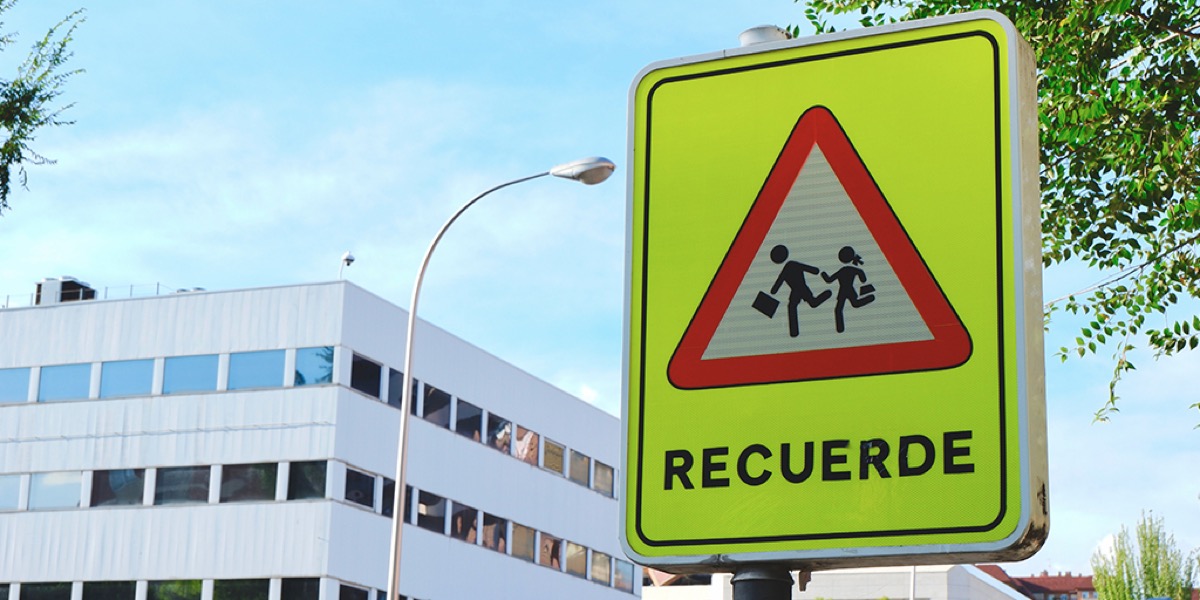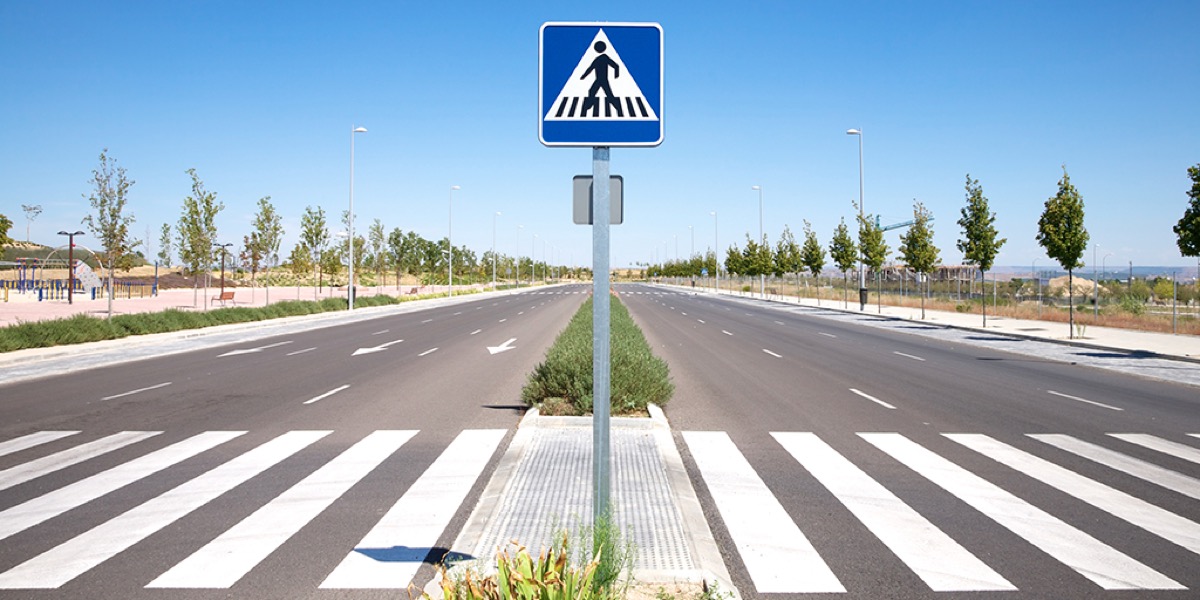Signposting machismo
Signs reflect the world around them. They tell us in black and white what is happening and what should happen. This means that many cultural biases appear on signs, which make them much more evident. The Spanish Attorney General’s Office has decided to investigate if traffic signs are machista.
In its 2019 Annual Report, this organization indicated that, in general, these signs “represent a man as pedestrian or driver.” Women appear much less on the signs, and when they do, the report says, it is in a clearly subordinate role. The text cites two concrete examples: a plaque in which the woman “follows a male hiker” and another one dsigned to show that school is nearby: the boy “leads the girl by the hand.”

This situation had already been pointed out by the Spanish Federation of Municipalities and Provinces, whose Practical Manual for an Egalitarian Urban Signposting criticizes the way in which urban streets are full of signs that represent a man as a pedestrian, driver or user of buildings. Women, the text says, “frequently (and sometimes exclusively) appear on the signs in spaces where ‘private’ activities are carried out or in relation to domestic/caregiving situations.”
It’s too soon to know if these criticisms will move from paper to the signs. But to judge from developments in other parts of the world, they will. In 2014 the City Hall in Dortmund (Germany) converted half of the iconic Ampelmann on their pedestrian lights into women. Madrid did the same in 2017, also including hereosexual and homosexual couples. That same year several cities in Australia joined the movement.

At present, it’s the City Hall in Geneva, Switzerland, that’s including women in its signs, in an effort to reflect minorities: there is a woman with a cane, another one who is pregnant, one with an Afro hairdo, and two women holding hands.
“The presence everywhere of stereotyped masculine representations in public spaces, especially through traffic signs, reinforces the idea that some people –women in particular, but also minorities– are less a part of the community than other people,” said Sandrine Salerno, the city’s mayor.

Is it necessary to have inclusive signposting? Why is it important for everyone to feel represented in these signs? To what point should minorities be represented in some designs that are meant to be schematic and represent everyone? This new movement raises doubts beyond safety and gets into social and political waters. It appears that signing in public places is undergoing change. To understand this trend and where it is moving, it might be a good idea to take a look at what has happened in private companies.
Companies have a responsibility to their customers. And since they are aware of the social change brought about by feminism all over the world, they have been among the first to react. One of the clearest examples of this change was seen on social networks in 2016, when a Spanish father criticized a famous furniture store for its advertising of the piece for changing baby diapers, in which only women appeared. He wrote: “Hello. Can I go in and change my daughter’s diapers? Or is that something only women do? Thank you.” The company answered immediately on Twitter and two months later the sign had changed.